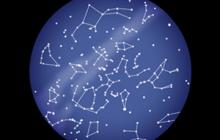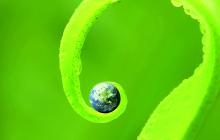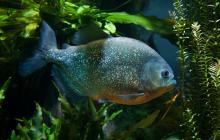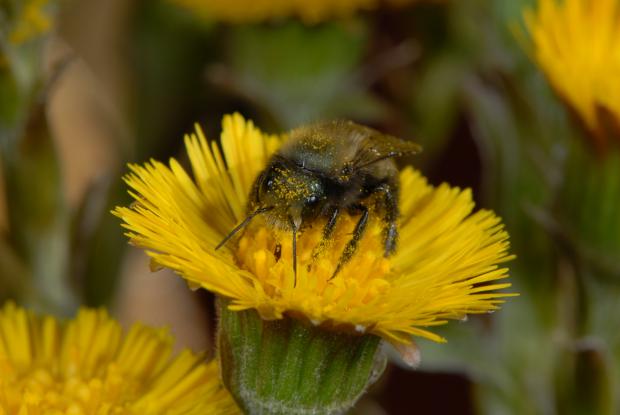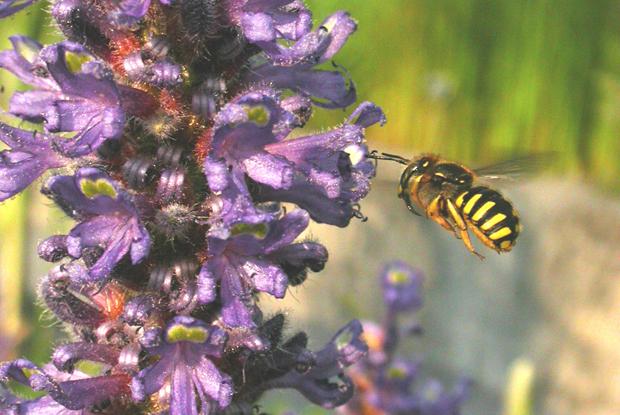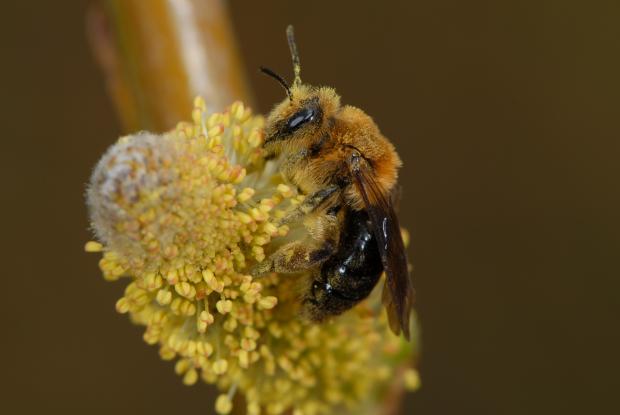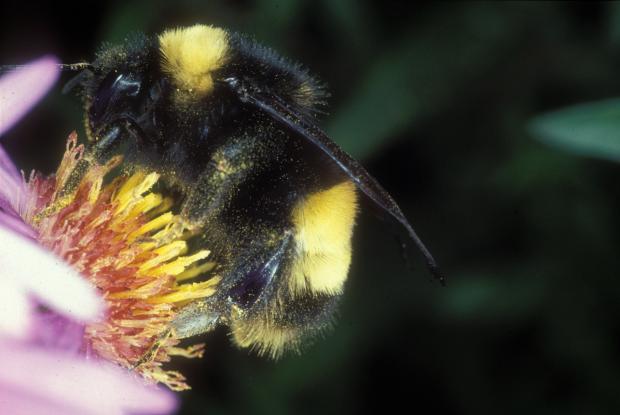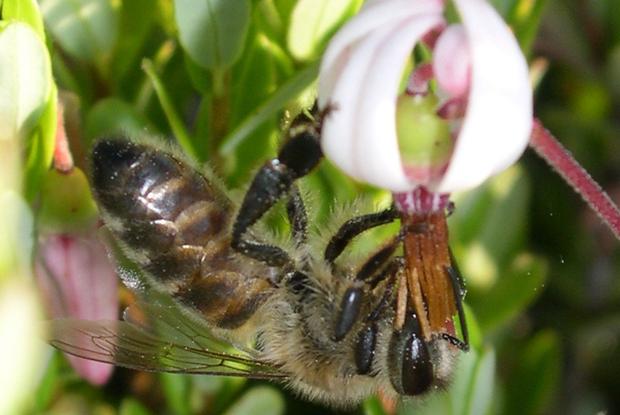What do insects such as bees, wasps, bumblebees, butterflies, hoverflies, bee flies, some birds and a few mammals have in common? They are all pollinators! This is an extremely important role, as the fruits and seeds that come from pollinated flowers are a food source for humans and many animal populations. Without pollination, many foods and medicines that we need to live and survive would no longer be available.
What is pollination?
When an insect visits a flower, (male) grains of pollen stick to its body and have the chance to travel to the pistil (female organ) of a flower of the same species. When pollen and pistil meet, the flower becomes a fruit filled with seeds. By transporting pollen from one flower to another, the pollinator helps to fertilize flowers. That’s pollination!
Some insects are tireless pollinators, flitting from flower to flower. Without them, we would have to say goodbye to many fruits, vegetables, condiments and spices! It is estimated that one out of three bites we take comes from pollination and that nearly 80 per cent of flowering plants need pollinators to produce fruits and seeds.


